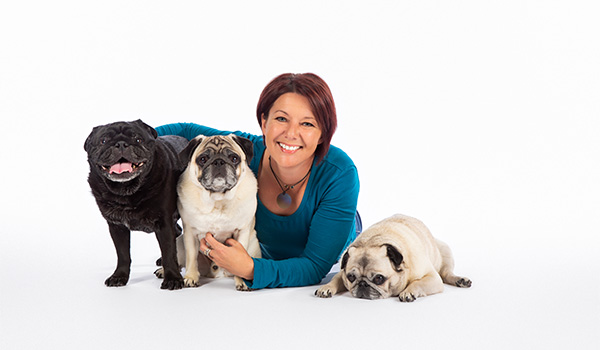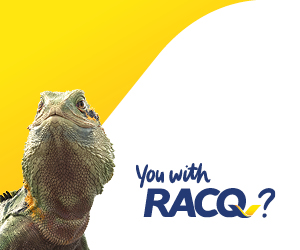It can be a very frustrating experience when you are trying to give them as much exercise as possible in the time allocated for their daily walk.
But just like we are advised to stop and smell the roses, letting your dog stop and sniff, well, whatever they like, is a vital part of their daily dawdle.
Newly published Sunshine Coast author Sarah Rutten, a canine behaviour specialist for 20 years, said sniffing was integral to being a dog.
“People say to me, ‘When I take my dog for a walk all they want to do is smell’ and I say, ‘Yeah, because they’re a dog and that’s normal’,” Sarah said.
She said taking your dog for a walk met a range of their needs, including exercise, social contact with other dogs and people, and mental stimulation.
“It is actually a really important component to allow them some sniffing time on their walk,” Sarah said.
“That doesn’t mean you have to stop at every post, but allowing them some time to sniff at some point on the walk is really mentally stimulating; they find it interesting, and it makes them happy.”
In her first book, The Canine Perspective: Using Force-Free Methods to Unleash Your Dog’s Pawtential, Sarah shares her knowledge of training dogs using the power of rewards to help you build a stronger bond with your pet.
“Essentially, what force-free means is that I don’t use pain, force or fear to train dogs,” Sarah said.
“The book incorporates a lot of information to allow people to better understand the canine companion they share their lives with and how to work with them rather than fighting against them when it comes to their behaviour.
“It’s about understanding how your dog views and interprets the world, and that includes the fact that they are smell-orientated rather than visual, as we are.”

The ‘reward’ can often be food, but that is not always the best option, as some dogs react better to other forms of positive feedback.
“Our canine companions can be very specific about what they like and, again, it is about getting to know your dog,” Sarah said.
“Some dogs are very toy-motivated, some dogs are play-motivated, and some dogs respond to touch. Then there are some dogs that are not motivated by any of that so then we look at what does motivate them.
Nothing seemed to work for one of her clients who was guardian (the term Sarah prefers over ‘owner’) to a Neapolitan mastiff.
“He was not interested in treats, praise, toys or pats; all he wanted to do was sniff and pee on stuff, so we used that as his reward,” Sarah said.
“We used what the dog wanted to do as a reinforcement.
“It’s about knowing your dog, knowing what they like and then being the one to provide that because that makes you ultra-special. If you’re the one pointing out the good smells, you’re worth listening to.”
Tips for walking your dog
Sarah said the length of time you spent walking your dog depended on many things, including their breed, age, health status and whether they found walks anxiety-inducing.
“For example, a border collie might need a decent hour-long walk every day, whereas if I took my pugs for an hour walk every day they would be struggling to breathe,” she said.
For Sarah’s pugs, a 20-minute walk, avoiding the heat of the day, is sufficient.
“It depends on the dog. It’s about knowing your dog and their physical capabilities and limitations and knowing what they need individually, for their breed and age,” she said.
Sarah said for older dogs, quality could be more important than quantity.
“There are some old dogs that I recommend having a ‘sniff-fari’ – a word I have stolen from somebody else,” she said.
“For them, holding themselves up, with their nose to the ground, and sniffing is actually physically taxing. So going somewhere where they can sniff around for 10 minutes is enough.”
The Canine Perspective: Using Force-Free Methods to Unleash Your Dog’s Pawtential (Inspirational Book Writers) is available from Amazon, Kindle and book stores.




